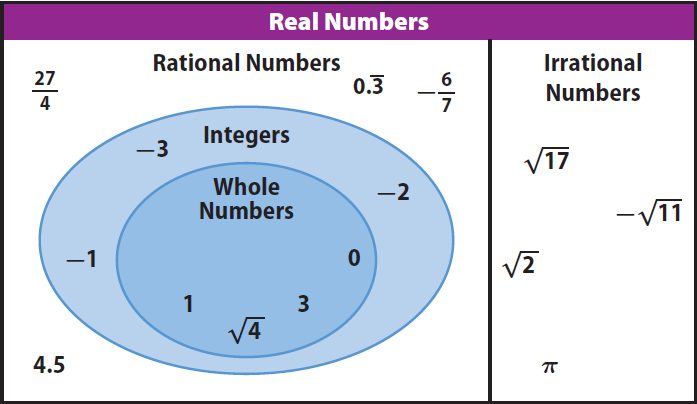


The associative property states that changing the grouping of adding or multiplying real numbers does not change the result. It does not matter in what order you multiply the numbers together, the result is still 24. Here’s an example of the multiplicative commutative property: It does not matter in what order you add the numbers together - the result is still 11. Here’s an example of the additive commutative property: There are both additive and multiplicative commutative properties to all real numbers. Next, the commutative property states that changing the order of adding or multiplying real numbers does not change the result. Commutative and Associative Properties of Real Numbers In other words, multiplying a number by 1 always results in itself. This identity states that for any real number a: For example, 5 + 0 always equals 0.ġ is called the "multiplicative identity" to all real numbers. In other words, whenever you add 0 to a number, it equals itself. This simply means that for any real number a: There is an additive identity and a multiplicative identity.Ġ is called the "additive identity" to all real numbers. The first two properties are called identity properties. Keep in mind that all these properties apply to any real number, including positive numbers, negative numbers, numbers with fractions, and numbers with decimals. Let's look at each property in detail to understand them better.

Knowing these properties will help you reduce or simplify algebraic expressions.

The expressions can be numerical or algebraic.
#Real numbers how to
In the following video we present more examples of how to evaluate an expression for a given value.Īn equation is a mathematical statement indicating that two expressions are equal. If the algebraic expression contains more than one variable, replace each variable with its assigned value and simplify the expression as before. Replace each variable in the expression with the given value, then simplify the resulting expression using the order of operations. To evaluate an algebraic expression means to determine the value of the expression for a given value of each variable in the expression. When that happens, the value of the algebraic expression changes. In each case, the exponent tells us how many factors of the base to use, whether the base consists of constants or variables.Īny variable in an algebraic expression may take on or be assigned different values. The numbers we use for counting, or enumerating items, are the natural numbers: 1, 2, 3, 4, 5, and so on. In this section we will explore sets of numbers, perform calculations with different kinds of numbers, and begin to learn about the use of numbers in algebraic expressions. Evaluate and simplify algebraic expressions.īecause of the evolution of the number system, we can now perform complex calculations using several categories of real numbers.Perform calculations using order of operations.


 0 kommentar(er)
0 kommentar(er)
